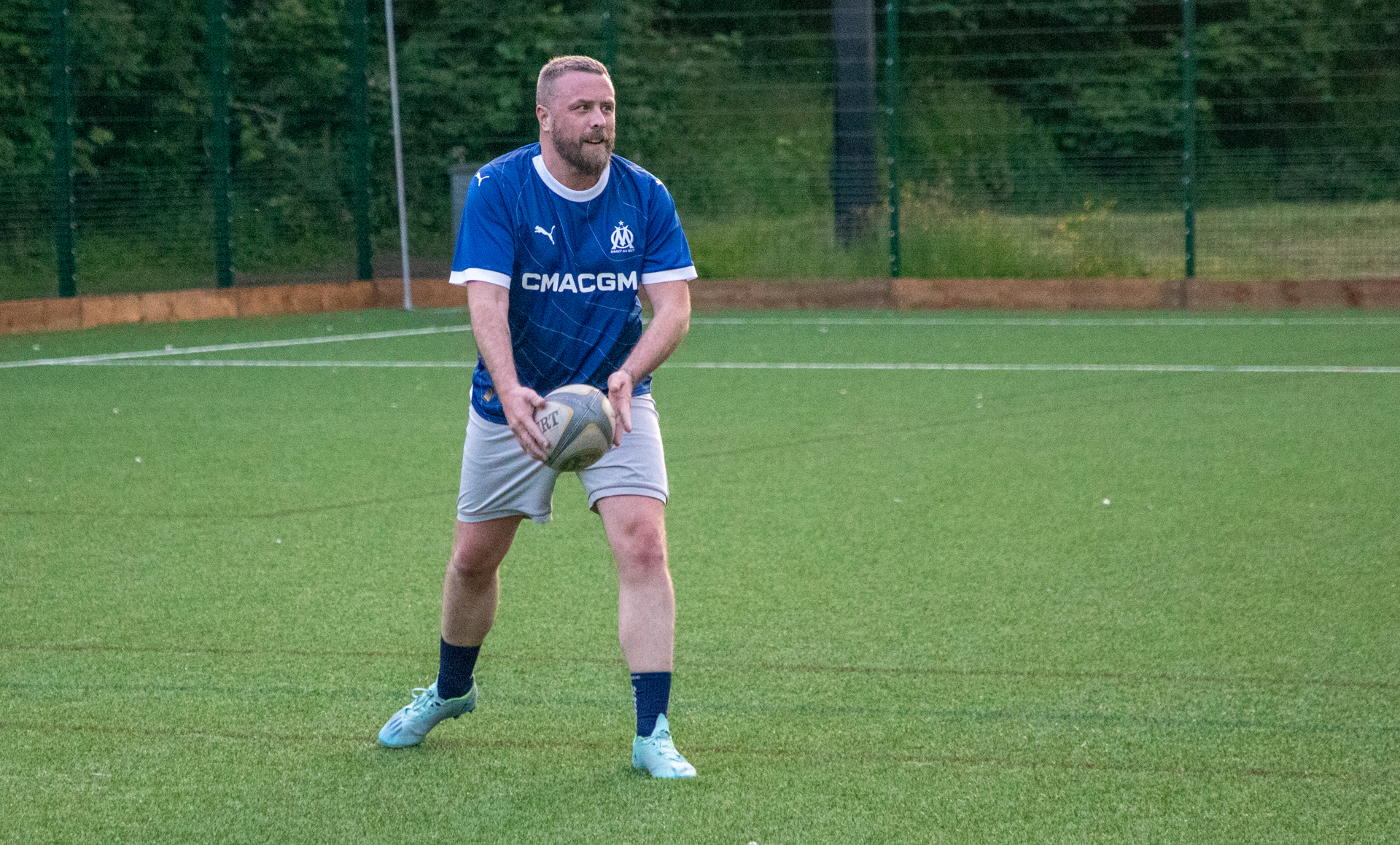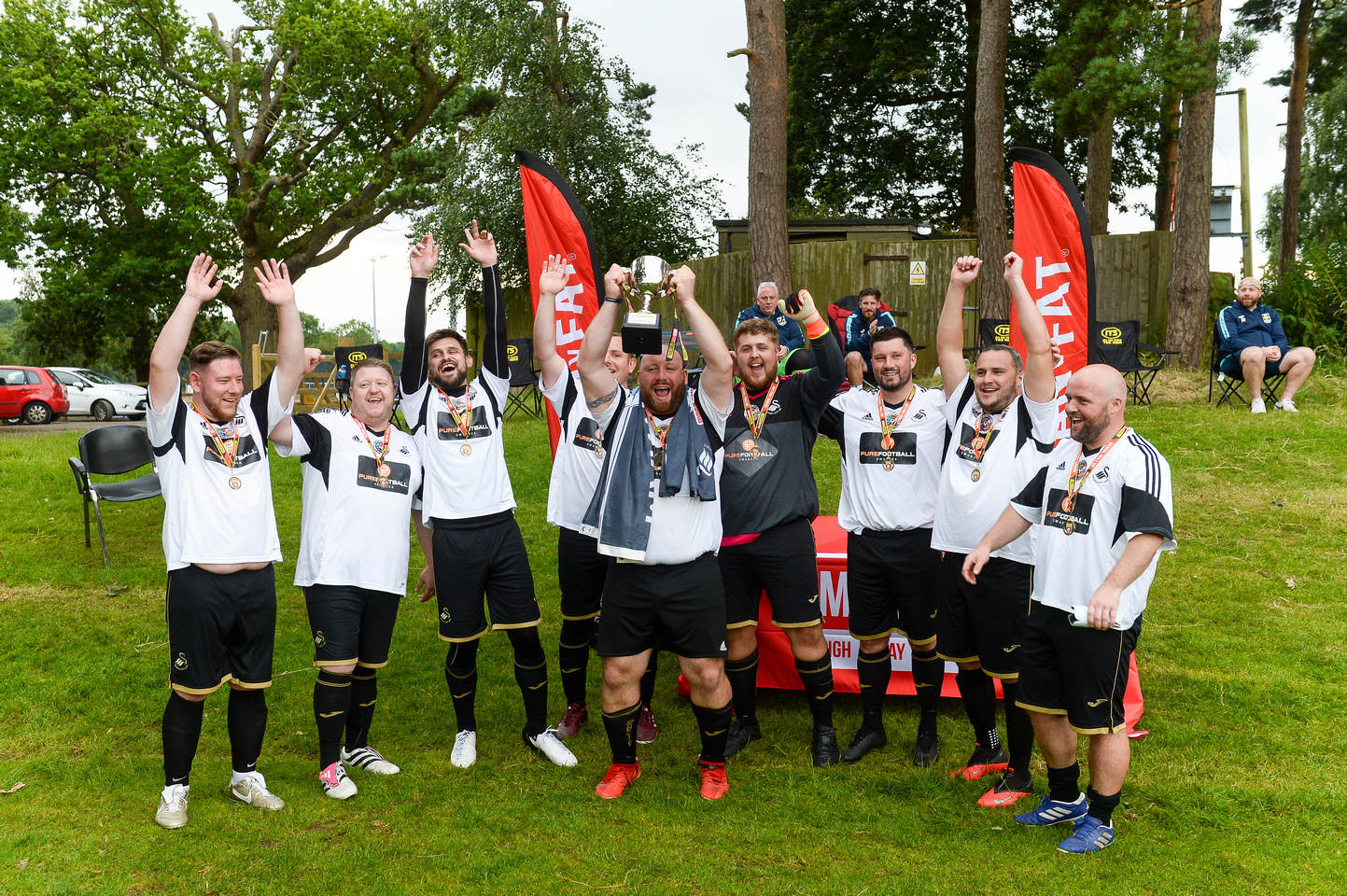Have you ever had a particularly taxing workout and then not been able to walk the next day? Yep, you got DOMS-ed. You might think it’s because you’re particularly out of shape, but don’t worry – it can be a good thing! Here’s how to deal with DOMS.
This post contains an Amazon affiliate link, meaning if you click through we will earn a small commission at no cost to you.
What is DOMS?
DOMS is delayed-onset muscle soreness. It’s muscle soreness you might experience after exercising, especially if you haven’t exercised for a while or if you’ve had a vigorous session. You might feel it in one place, like your legs, when you move or tense those muscles. It comes on around 24-48 hours after exercise and can last for a few days.
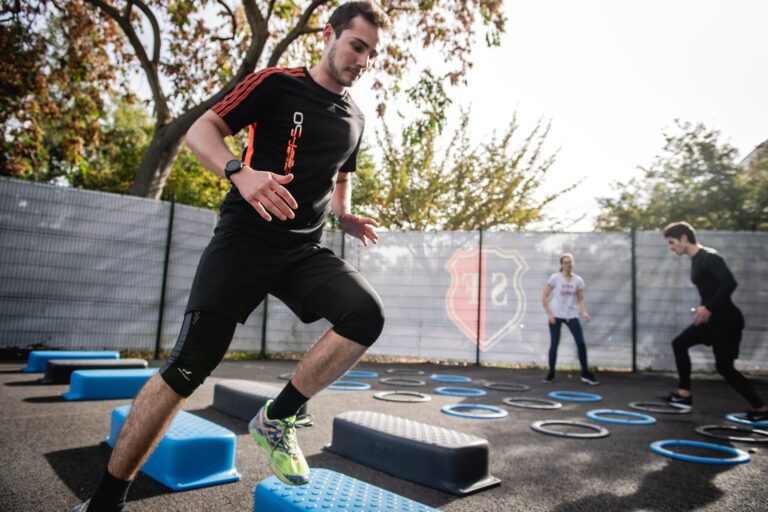
Is it actually DOMS?
It’s important to note here that DOMS is delayed, so it’s not something you feel during exercise. It’s also soreness, so it’s not a sharp or severe pain that stops you from doing everyday activities. That’s more likely to be an injury and is something you should get checked out by a doctor.
You might disagree, remembering the time it hurt to walk after leg day. Although DOMS can feel like it’s limiting your day-to-day movement, if it’s something that is uncomfortable to do but you can do it, you’re probably OK to assume it’s DOMS. Of course, if you’re worried about it, do get checked out.
Why do we get DOMS?
DOMS is due to tiny tears in your muscles from moving them in a way your body isn’t used to. That can be from doing an exercise that is new to you or if you exercise more vigorously than you’re used to. This can include when you return to exercise after a break.
The pain we then experience is thought to be the body’s inflammatory response to these tears. It’s a totally normal response to sudden stress put on your muscles, and it’s very common.
Though tearing up your muscles sounds bad, the actual tears are microscopic and easily repaired by your body. If you want to see what the tears look like, check out this article from Stronger By Science which includes a fascinating image of muscles under an electron microscope, where you can see the difference between a muscle that has been exercised vs one that hasn’t.
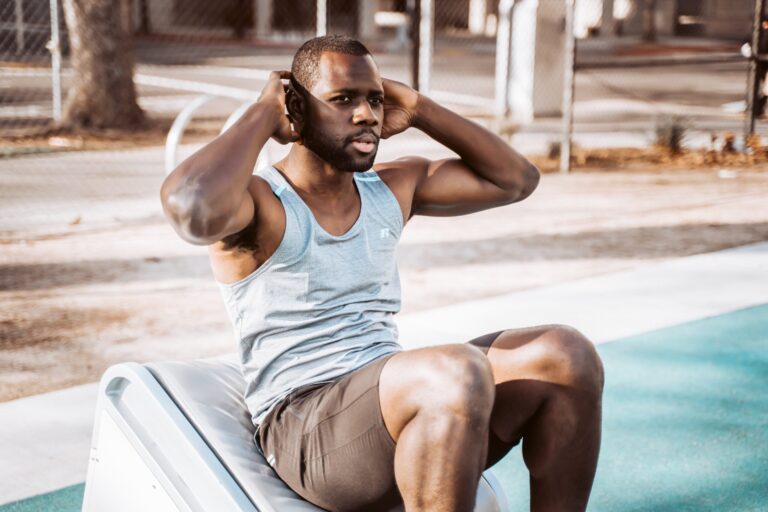
Is DOMS a good thing?
You’ve heard of no pain, no gain, right? Well, feeling sore after exercise isn’t a goal you should aim for per se, because that might lead to you pushing yourself too far and ending up with an injury. Even if you don’t injure yourself, pushing yourself to do too much too soon can lead to you feeling fatigued, overwhelmed and demotivated.
But there is a small nugget of truth in the no pain, no gain philosophy, as when you work your muscles enough to produce these tiny tears, your body will get to work repairing them. And if you give your body the right tools to repair your muscles, it can help you to build muscle mass.
Will I always experience DOMS?
As you get used to being active and your body gets used to the exercises you perform, you’ll experience DOMS less and less. This is where real progress is made, because if you keep it up you’ll soon be able to do the hard things that once caused you to crawl up the stairs without any soreness the next day. Then you can gradually increase the intensity of your workouts.
Of course, if you were to stop exercising, then tried to exercise at the same intensity after several weeks you’d get DOMS again as your body would no longer be used to moving in that way.
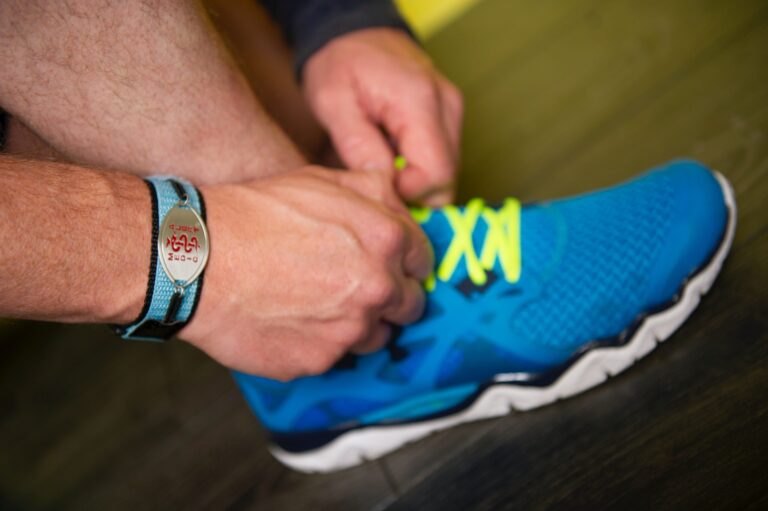
Recovering from DOMS
Recovering from your soreness in a healthy way is what helps your body repair your muscles, and what will lead to that coveted increase in muscle mass. But the important bit here is that you have to do it in a healthy way. Rest is absolutely vital here, and if you’re looking to reduce fat and build muscle rest is just as important as your activity.
- Make sure to have rest days in between sessions. This can include ‘active recovery’, where you do light exercise, like stretching and going for a walk. It’ll probably feel awful at first, but warming up your muscles gently like this will do them good and is actually one of the most effective ways of easing the soreness.
- Try and get enough sleep. Our body does its best repairing and rebuilding when we’re asleep.
- Drink plenty of water and keep up your healthy eating, making sure your diet includes lots of lean protein.
- Massage your sore muscles. A foam roller might help (this one has good reviews and is not too expensive – Amazon affiliate link)
How to prevent DOMS
The only fool-proof way of preventing DOMS completely is not exercising, but there are things you can do to lessen the soreness.
Always make sure you warm up before you start exercising so that your muscles are warm and ready to go. Make your warm-ups dynamic, meaning that you move around mimicking the movements you’re about to do during the bulk of your workout. We like Men’s Health’s 5 minute warmup which features video demonstrations as well as descriptions. Find it here.
Similarly, cooling down after your workout is a must too to allow your muscles to gradually get used to not moving as vigorously again. Lifehack have a list of the 15 most effective cool down exercises for every workout here.
Preventing DOMS is mostly about finding a good balance between pushing yourself enough during exercise to have an effect and not pushing yourself too much.
If you’re trying to step up your intensity but don’t feel comfortable, try and find a happy medium. Can you gradually increase the intensity instead?
We all want to be able to instantly do Arnie level workouts at the gym, or be able to outrun Usain Bolt, but listen to your body and go easy.
Losing weight takes time and though that can be frustrating, push yourself too hard and you’ll be dealing with a lot more than just a bit of muscle soreness.
Further reading
The Science of Sore by Stronger By Science
Exploring The Science of Recovery originally published in American Fitness magazine
How Microtears Help You To Build Muscle Mass – from the University Hospitals blog
